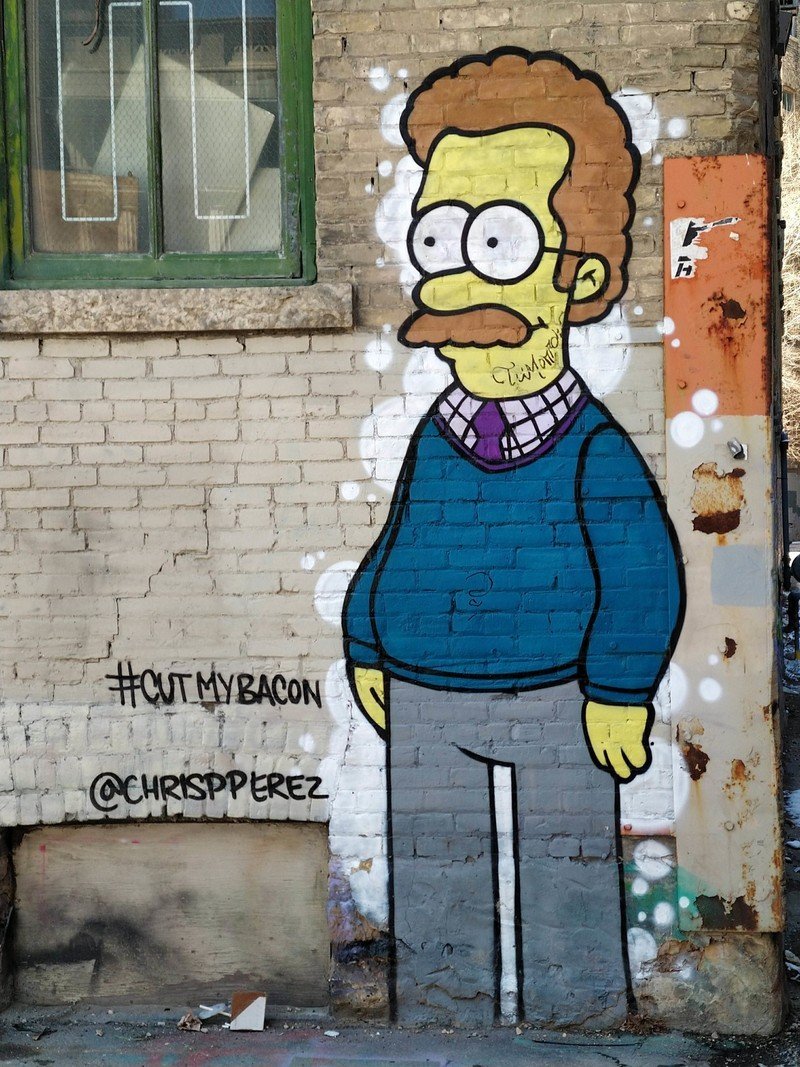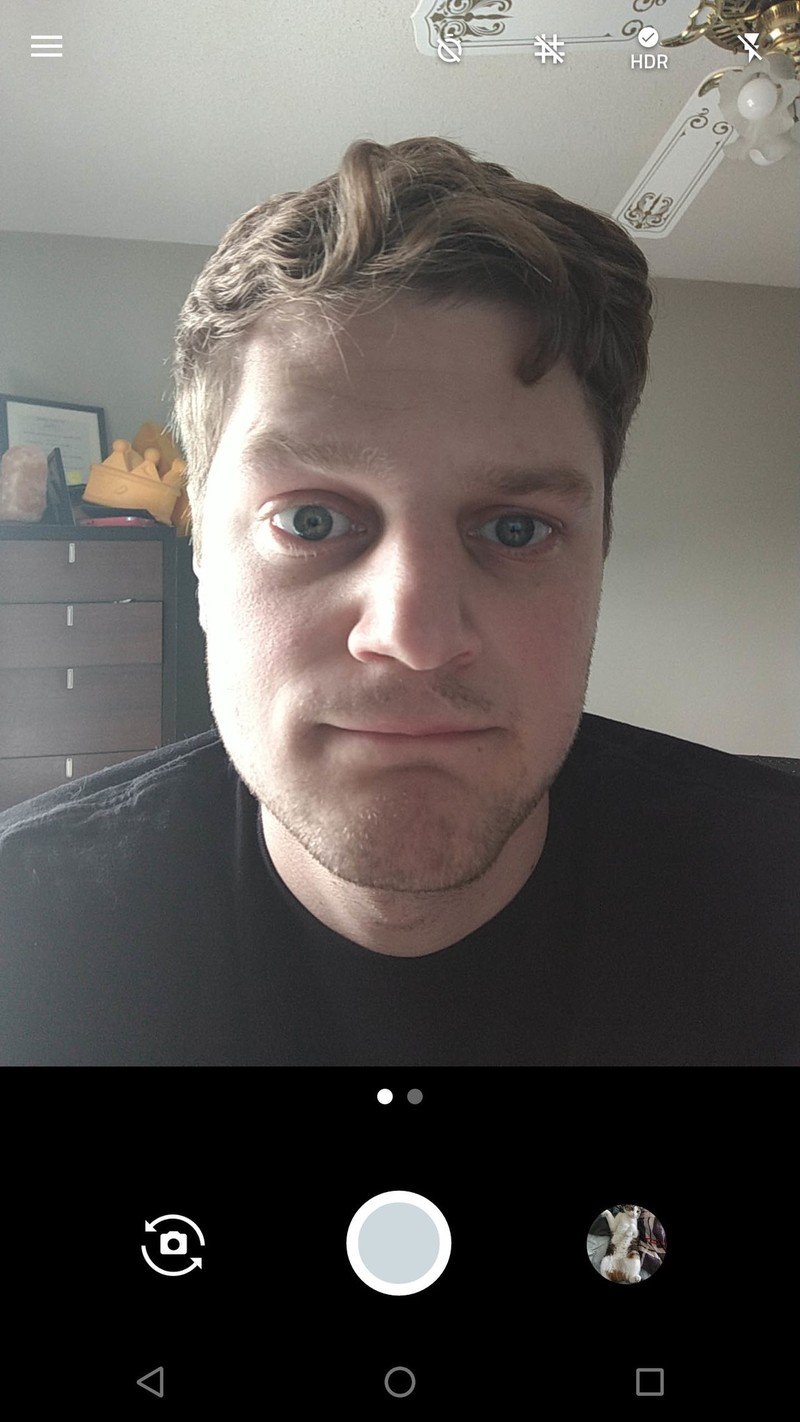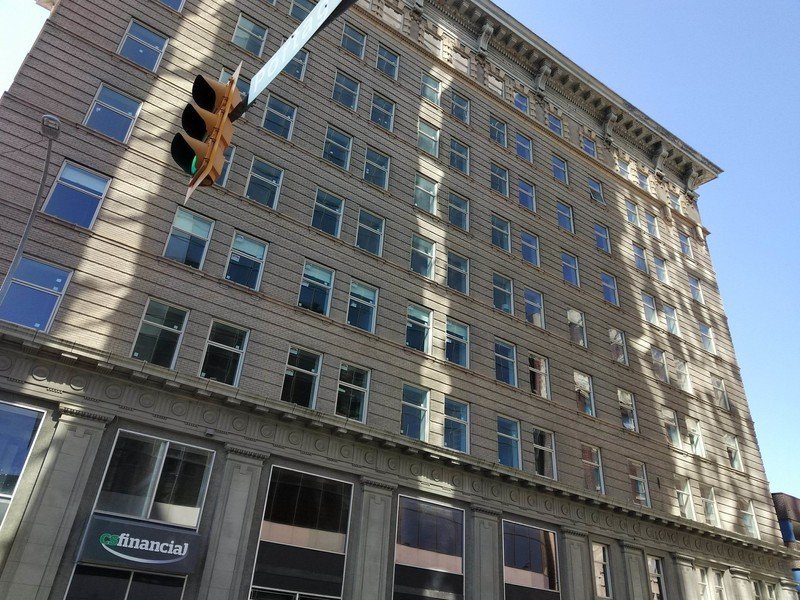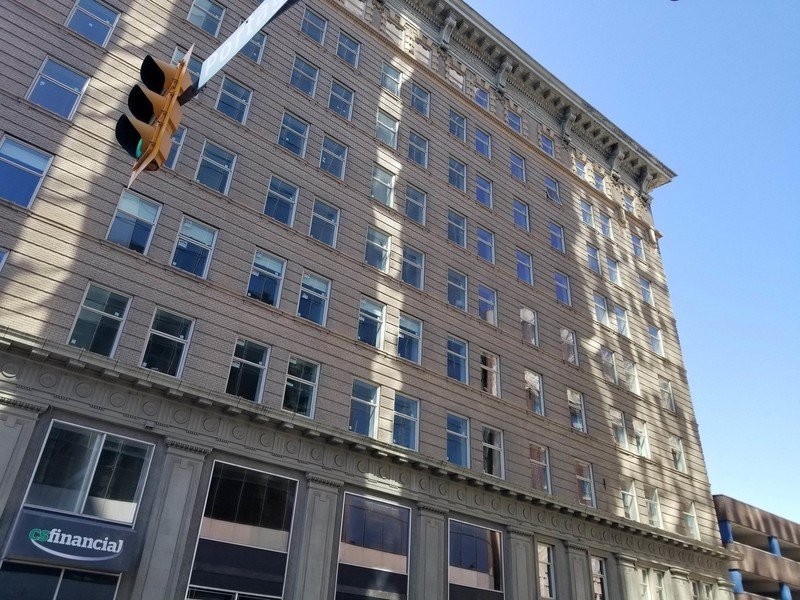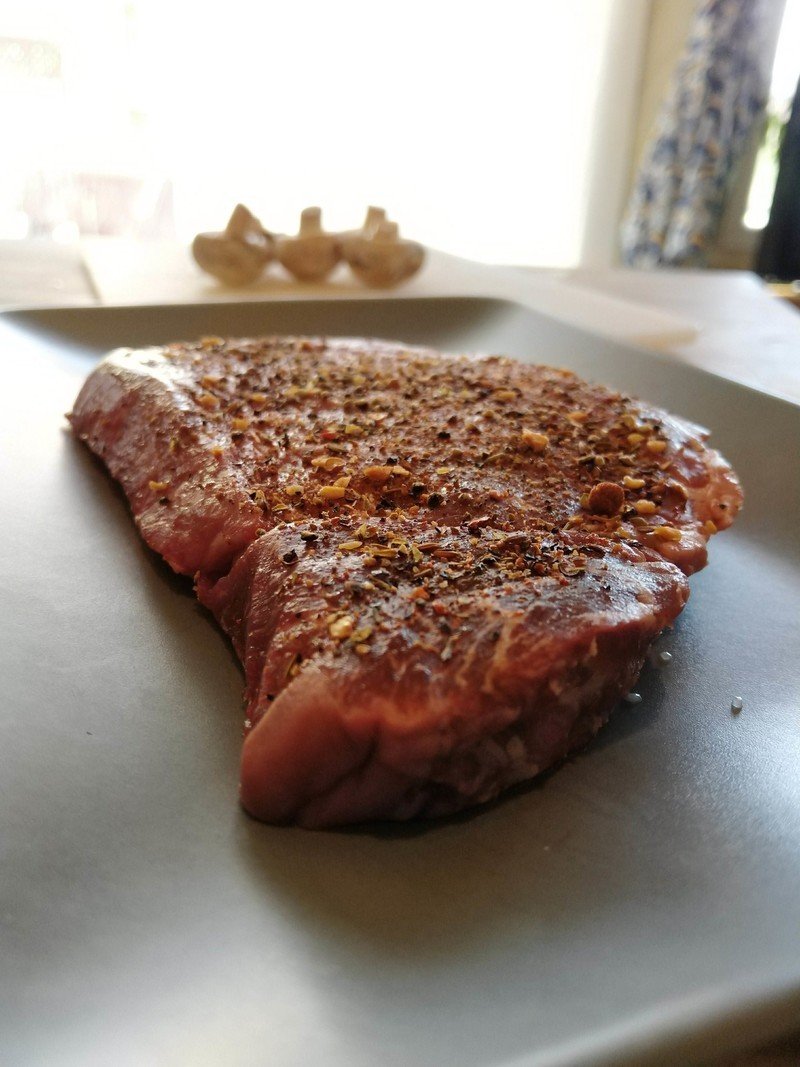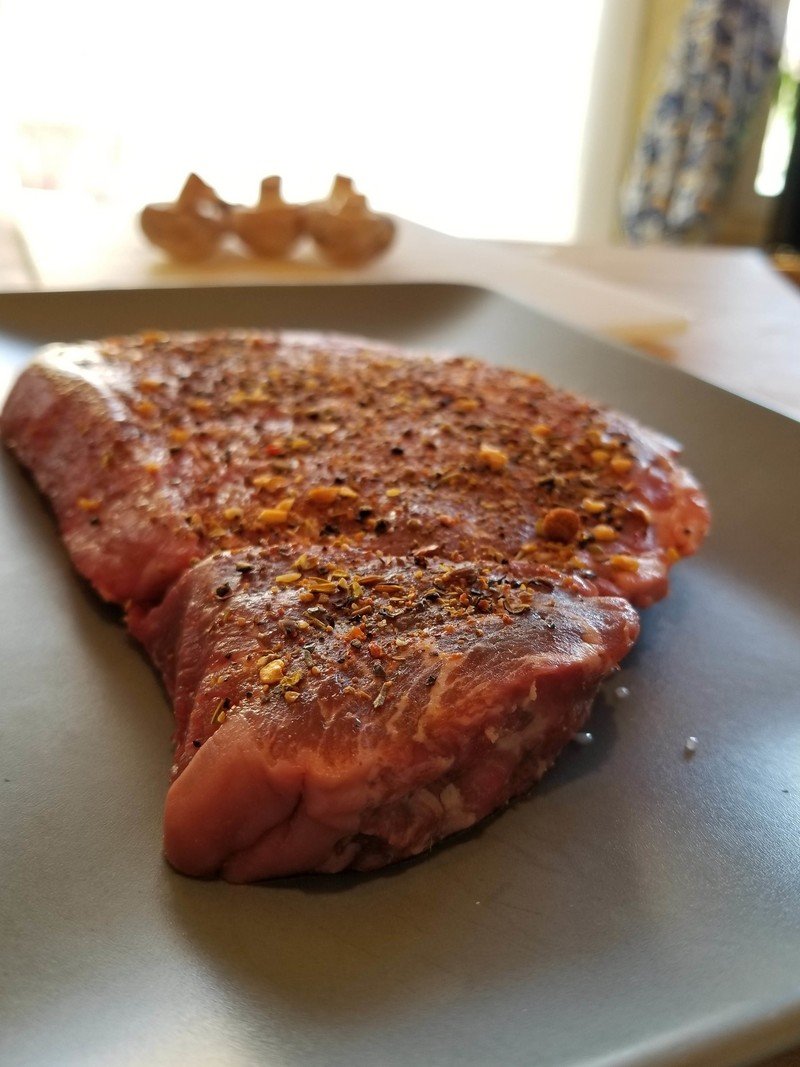Revisiting the Razer Phone camera
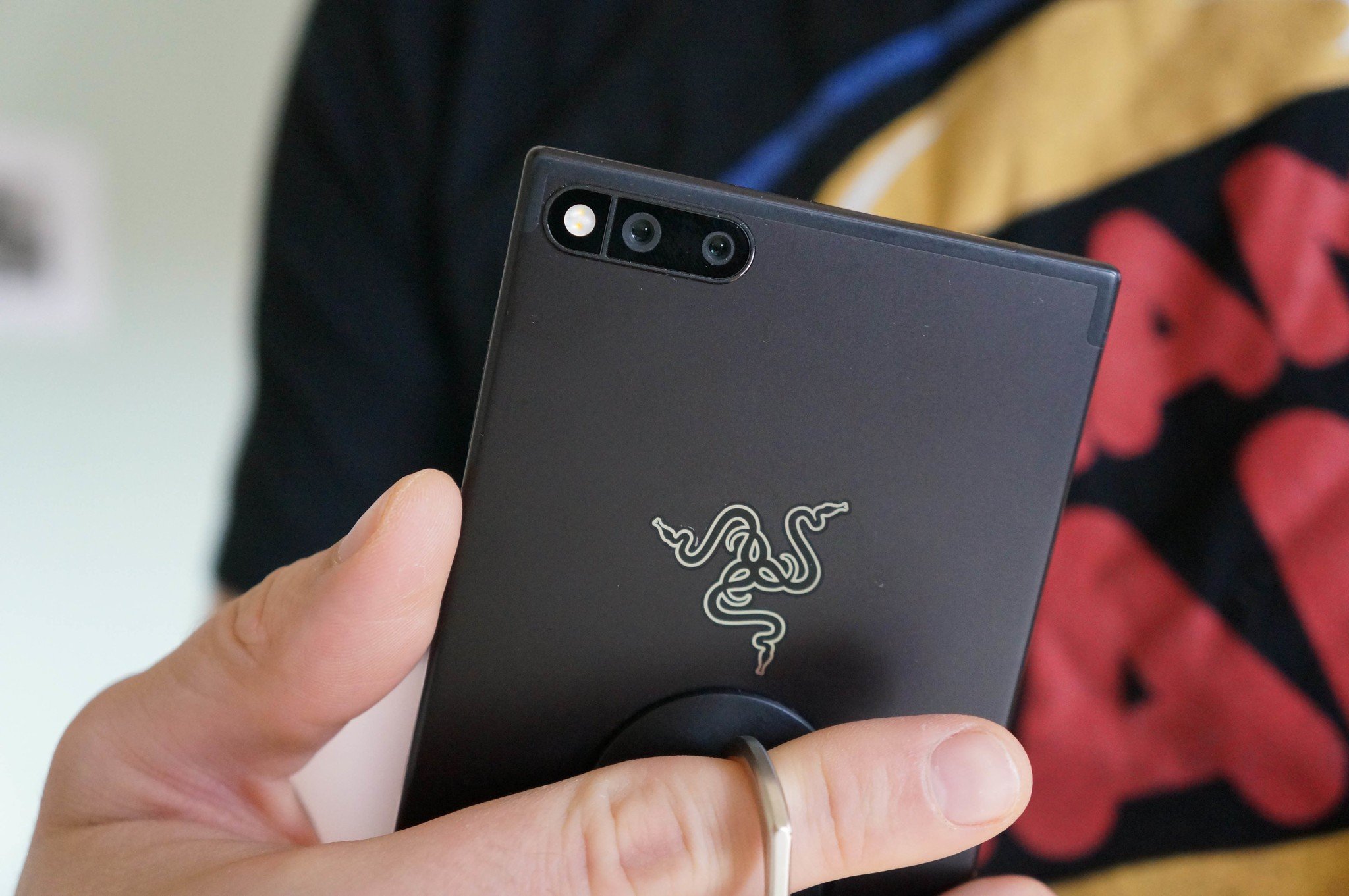
Since its launch in November, the Razer Phone's camera has been widely panned for the underwhelming performance and lack of software features as compared to other flagship devices. Six months since its release, we take a look at the improvements Razer has implemented and pit it head-to-head against one of its top competitors.
The specs look decent on paper
From the outset, the Razer Phone sure looks like it's got a capable camera. The primary set up features two 12MP cameras — a wide-angle ƒ/1.7 lens and a telephoto ƒ/2.4 lens — that were right on trend for 2017. Around front is an 8MP camera for taking selfies and streaming. And yet, the experience for users who bought at launch was pretty miserable and lead to Razer releasing a substantial upgrade to the camera software just over a month later.
The latest camera update for the Razer Phone is live with faster shutter speed, better colors, quick zoom and more! We’ve addressed your asks and are working every day to improve the app – keep the feedback coming!
Full feature list - https://t.co/Z8lODLyYVD pic.twitter.com/7yd4ZLg6eEThe latest camera update for the Razer Phone is live with faster shutter speed, better colors, quick zoom and more! We’ve addressed your asks and are working every day to improve the app – keep the feedback coming!
Full feature list - https://t.co/Z8lODLyYVD pic.twitter.com/7yd4ZLg6eE— R Λ Z Ξ R (@Razer) December 21, 2017December 21, 2017
With the update came improvements to the shutter speed, better color processing, and the option to switch between the wide-angle lens and the telephoto with the quick zoom button. Below is an example of the difference between the wide-angle lens and the telephoto.
The wide-angle lens on the left. Same photo taken with the telephoto lens on the right.
Read: Razer Phone specs: Top-end everything
The stock software is still bare and minimalist
If you've previously used a Google Pixel or Samsung Galaxy phone before switching to the Razer Phone, the most jarring aspect will be just how minimalist and bare the stock camera UI is.
Beyond the "2X" zoom button when using the rear cameras, there are no extra features built into the Razer Phone camera software — no slow motion, no panorama, no photosphere, no filters. Nothing.
Get the latest news from Android Central, your trusted companion in the world of Android
It's a bare-bones set up devoid of cool features you might expect from a $700, but it's also not needlessly bloated. I would almost argue that Samsung's stock camera app is approaching the point of being too cluttered with features you aren't likely to use like Bixby and stickers built right into the UI.
Still, you can't help but notice just how empty it all feels compared to other phones in the same price range.
Have you ever seen a camera settings menu so bare?
As expected, the Razer Phone can shoot video in 4K quality — however, there's no image stabilization built in so while the video sure looks smooth as heck on the Razer Phone's 120Hz display, if you're not using a tripod every little movement or shake is going to be captured.
Head-to-head comparison against the Samsung Galaxy S8
So how does the Razer Phone stack up against one of the better smartphone cameras released last year, the Galaxy S8? These are the unedited results of snapping some photos with the Razer Phone and Galaxy S9 around town and you can tell Samsung's software works it's magic to bring out more color and contrast in photos. The Razer Phone photos aren't awful, but they would definitely require some tweaks in Photoshop to achieve the same quality that you get straight from the Samsung camera app.
The processing speed on the Galaxy S8 was also way faster than on the Razer Phone — you can shoot in HDR with the Galaxy S8 without even knowing it, while the Razer Phone takes a full second at times to do the proper HDR processing each time. It's one of those minor details that's not outright broken, but noticably slow enough to be annoying.
The Razer Phone on the left — the Galaxy S8 on the right.
The Razer Phone on the left — the Galaxy S8 on the right.
The Razer Phone on the left — the Galaxy S8 on the right.
The Razer Phone on the left — the Galaxy S8 on the right.
The Razer Phone on the left — the Galaxy S8 on the right.
The Razer Phone on the left — the Galaxy S8 on the right.
Are the cameras a dealbreaker?
Despite the improvements Razer has made to the camera software, the Razer Phone is still noticeably slower than other flagship phones released in the same year. It can't compare to the Galaxy S8 and I still have more fun shooting photos and videos with my OG Pixel XL. But unless mobile photography is a really big deal to you, the Razer Phone still takes decent photo and video that can be gussied up with an Instagram filter or other photo editing software.
Razer has stated that their plan was to release a very basic camera experience initially and then gradually flesh it out with new features and improvements via software updates. It's also worth keeping in mind that this was Razer's first attempt at building a smartphone, so it should come as little surprise that the end experience isn't as polished or fleshed out. if you're looking for a smartphone camera experience directly comparable to the Google Pixel or Samsung Galaxy phones you're either need to wait and see what Razer may deliver down the line, or look elsewhere if camera performance is a top priority to you.

Marc Lagace was an Apps and Games Editor at Android Central between 2016 and 2020. You can reach out to him on Twitter [@spacelagace.

